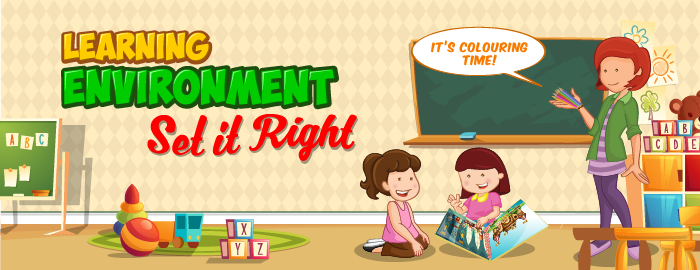|
Here are some tips on creating the correct learning environment for the child at home:
1. Designating a space for learning.
It does not need to be an expansive space. It can be a small area at the dining table, or dedicated table and chair for your child in the corner of the living room. It needs to be well ventilated, bright and comfortable for your child to work in. Engaging your child to decorate and design the space will also increase the sense of ownership for the child in that space.
2. Setting a Routine.
After designating a space, a routine for learning has to be set in place. When a clear routine is established, your child will know what is expected of him when he is in the learning area. Having a routine gives predictability and will encourage facilitation of transiting smoothly from one activity to another. It will be useful to engage the children when setting the routine so that the child can remember that he had set it together.
3. Free from distractions.
 Do ensure that the learning area is free from highly motivating materials that will take the child’s attention away from learning. It should be away from distractions like the TV, game consoles, toys and other things that will cause the child to lose focus. If the child needs visuals, then only visual cards that are relevant for the current session should be displayed or made available so that the child will not be able to lose focus by playing with the unwanted visuals.
Do ensure that the learning area is free from highly motivating materials that will take the child’s attention away from learning. It should be away from distractions like the TV, game consoles, toys and other things that will cause the child to lose focus. If the child needs visuals, then only visual cards that are relevant for the current session should be displayed or made available so that the child will not be able to lose focus by playing with the unwanted visuals.
4. Small Successes.
Parents must allow incremental progress to take place by allowing breaks in between learning and setting attainable goals so that the child will be able to achieve small successes and be intrinsically motivated to do more.
|



